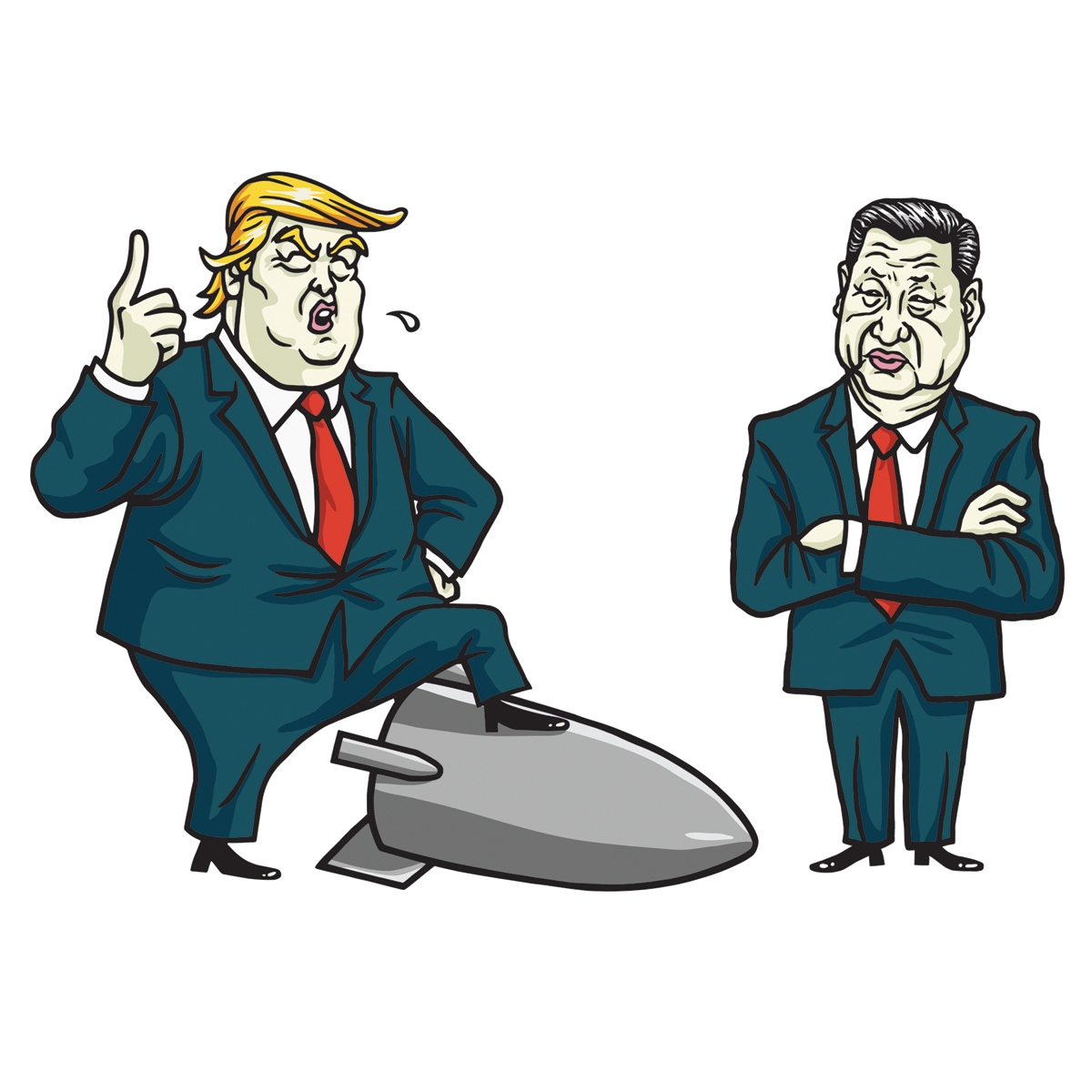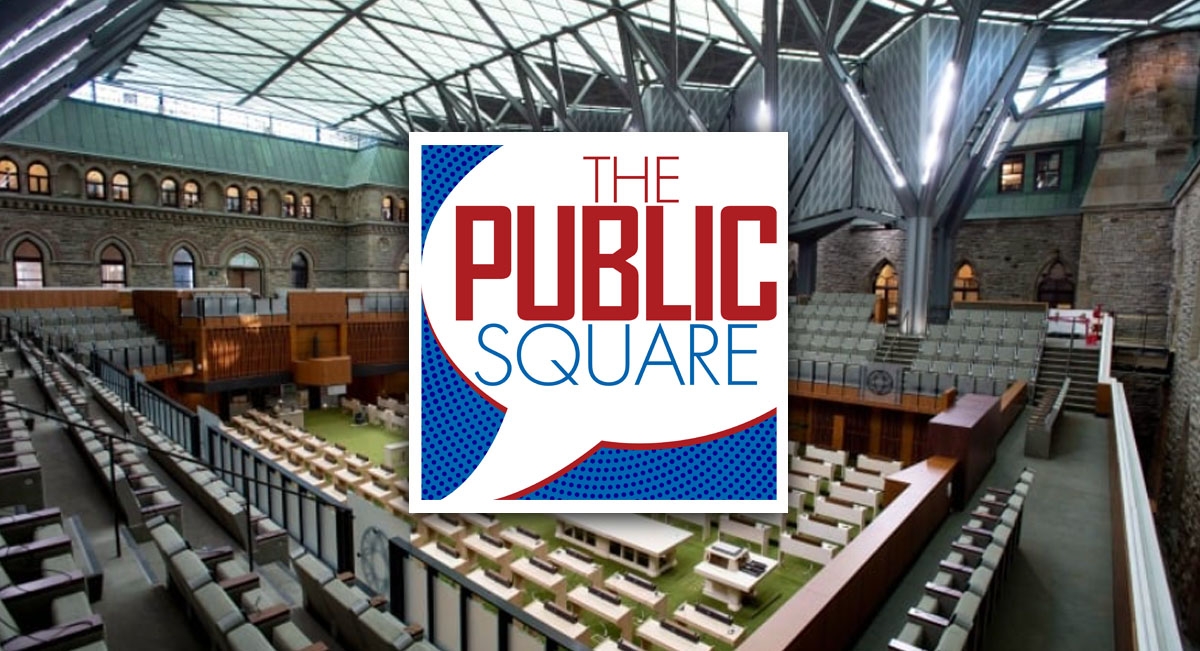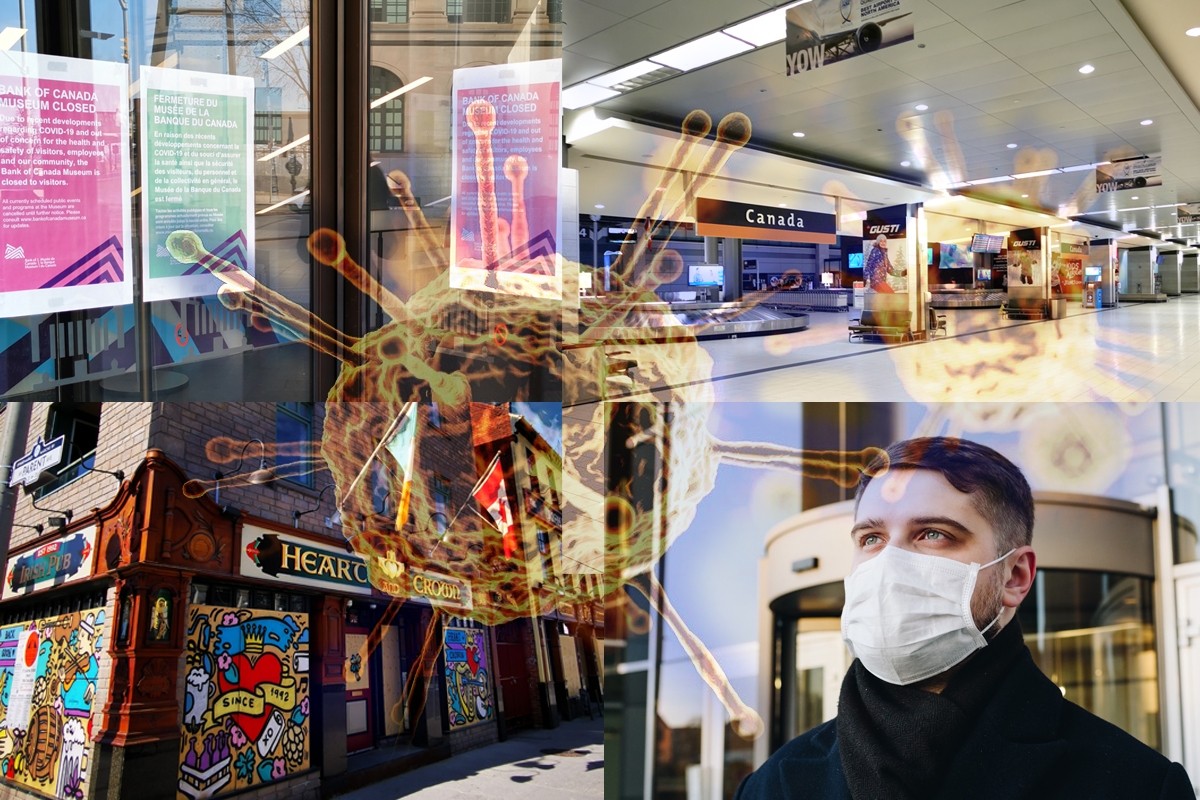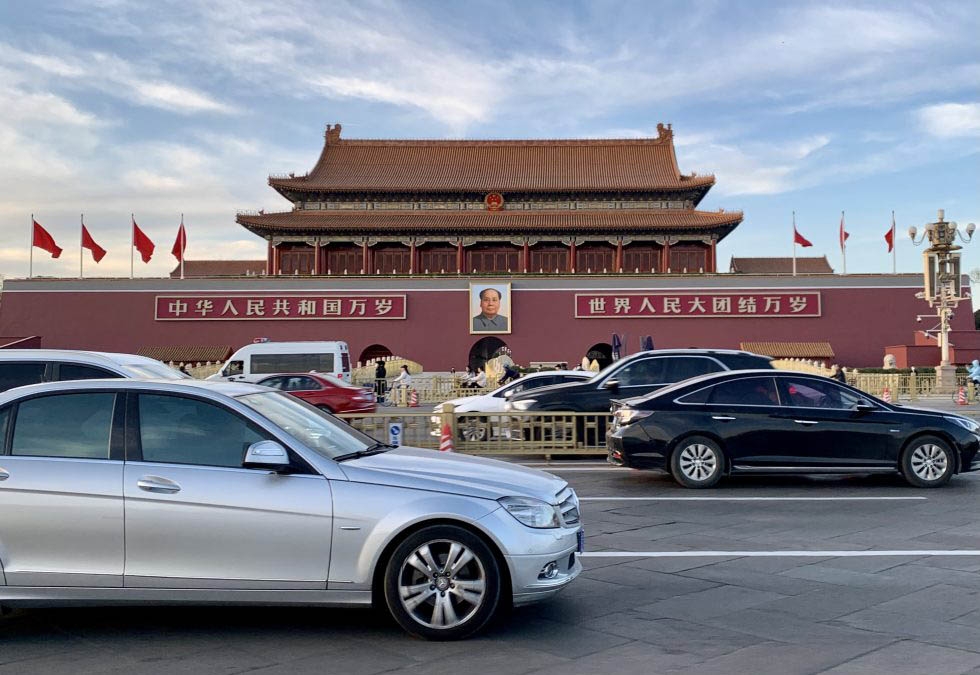
Beijing Dispatch: China expert Noah Fraser on economic, social, and political goals for the year ahead
ABOVE: Tiananmen Gate. (Photo: Noah Fraser – March 2023)
By Noah Fraser
The “Two Sessions,” also known as the National People’s Congress (NPC) and the Chinese People’s Political Consultative Conference (CPPCC), are widely acknowledged as the most crucial annual political events in China. The Two Sessions provide a platform for the Chinese government to announce its economic, social, and political goals for the year ahead, and to discuss key policy issues.
This iteration of China’s “Two Sessions” was of particular relevance to China watchers, both armchair and professional, as it featured major economic, security and governance policy shifts, but also the official anointing of several key individuals that the trade and investment community will be encountering regularly for the next 5, and likely 10, and very possibly 15 years.
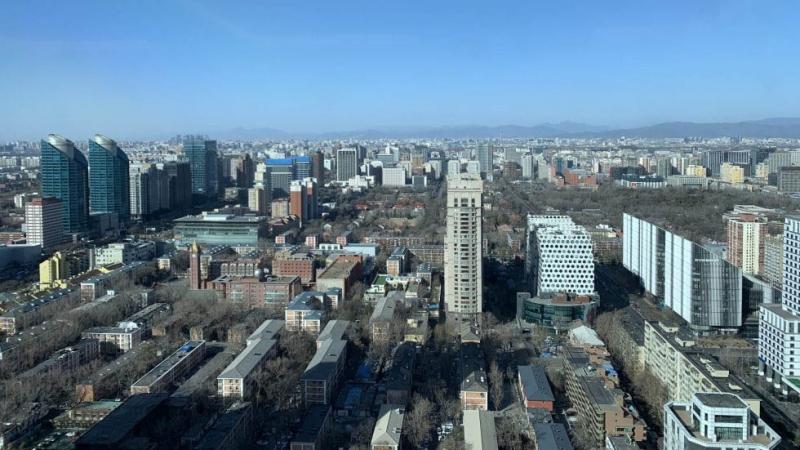
ABOVE: View West from Beijing’s central banking district. (Photo: Noah Fraser – March 2023)
Part I – Three High Level Takeaways
1. Party over Everything, and Xi at the Helm
While far from a new concept, this rendition of the two sessions reaffirmed Xi’s position at the top of the China org chart – unequivocally. Officially, Xi has been reappointed head of the military and President, in addition to his Party Chief role, and few would argue that he appears to be at the height of his power.
Beyond that, China’s new standing committee a top to bottom roster of Xi acolytes, with his new ascendant Premier LI Qiang (not to be confused with similarly-named LI Keqiang), a longtime ally from early days in provincial positions, rising to the prime minister post from his former role as Party Secretary of Shanghai.
Furthermore, there is a blurring of lines now between Party and government through new oversight bodies and restructuring previously unseen, most obviously in verticals that are considered mission-critical. Whether this will result in a policy echo chamber or provide much-sought after stability and direction remains to be seen.
Based on the lack of clear successor candidates, the makeup of the, Party Standing Committee, the government State Council and the Politburo groups, we anticipate Xi would likely remain in office for at least two more terms – or until roughly 2033.
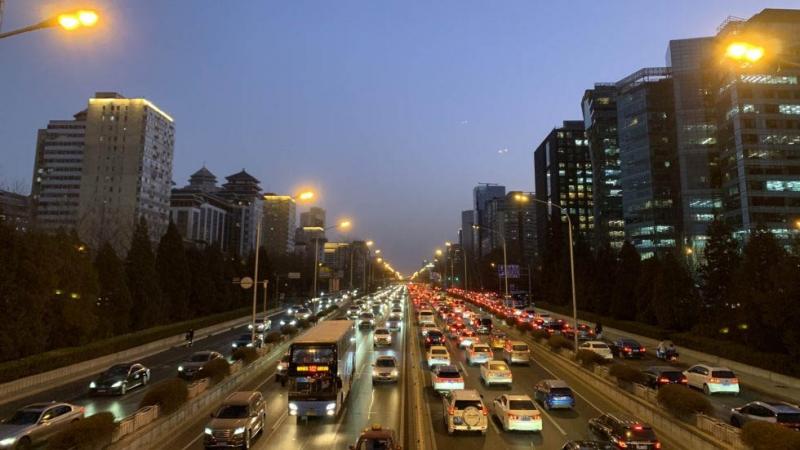
ABOVE: Traffic on the Second Ring Road. (Photo: Noah Fraser – February 2023)
2. Economic Growth through a lens of Security
In his final work report, outgoing Premier LI Keqiang iterated the challenges China will face in making their 5% GDP growth target. Plenty of headwinds are being faced, including the external threat of a global recession and the specter of a rusty private sector creaking back to life after both restrictive policies and the COVID-zero hangover.
However, the decidedly pro-business remarks delivered at a press conference to close out the sessions by Premier LI Qiang gave most analysts something to cheer about. While taking a pragmatic and flexible tone, he mentioned his boss’s name ad-nauseum – and while that implies he will toe the Party-line, it also indicates that his allegiance will earn him more agency and latitude, not less, behind closed doors.
Further commitments to opening up to more foreign investment were also indicated, which will be critical for China to accelerate out of the lurch, but more important than signaling will be consistency and continuity of pro-business policy implementation at the functional level.
All that being said, this economy-bolstering activity will clearly be exercised under the watchful eye of the security apparatus, which we learned at the 20th Party Congress in the fall of 2022. National security and stability will be of ultimate importance, and major decisions will aim to be better coordinated across departments to ensure strategic geopolitical alignment. Risks around debt accumulation, demography (including youth unemployment) and an increasingly complex multipolar external environment remain will have leaders guarded and cautious.
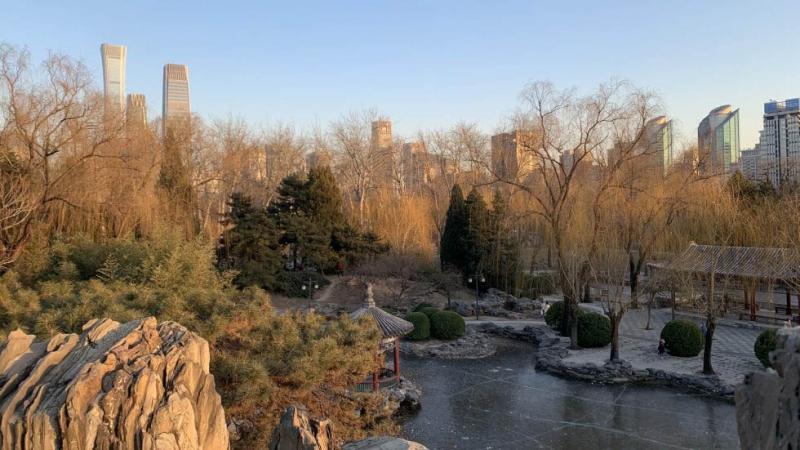
ABOVE: Beijing’s central banking district from Ritan Park. (Photo: Noah Fraser – February 2023)
3. A New Team at the Top, though Some Familiar Faces
As with the Politburo and Standing Committee, Xi’s closest allies have now risen to the State Council – regardless of experience. LI Qiang is the first Premier since Zhou Enlai to be named to the post without having already served as Vice Premier. DING Xuexiang, another longtime Xi man and trusted confidante, is the new Executive Vice Premier and number three. Party thought leader and strategist Han Zheng succeeds Wang Qishan as Vice President. While often thought to be figurehead roles, anticipate that HAN will still play an outsized role in foreign politics.
Also relevant for members is Mr. HE Lifeng, formerly with the National Development and Reform Commission and a Xi deputy from his Fujian days, becoming the new financial and economic czar. He slots into the job following predecessor LIU He – a critical posting for the business community to familiarize themselves with. He is the oldest member of the group at 67.
Three key roles for CCBC members to watch for have maintained their existing portfolios. Central bank governor Yi Gang, Minister of Finance LIU Kun, and Minister of Commerce WANG Wentao all retain their positions. The consistency here is an indicator that stability, both economic and financial, is paramount in the transition period – however, we expect there to be leadership changes in each file mid-five year cycle.
The State Council includes one woman – also an ethnic minority member (Bai) – Ms. SHEN Yiqin from Guizhou.
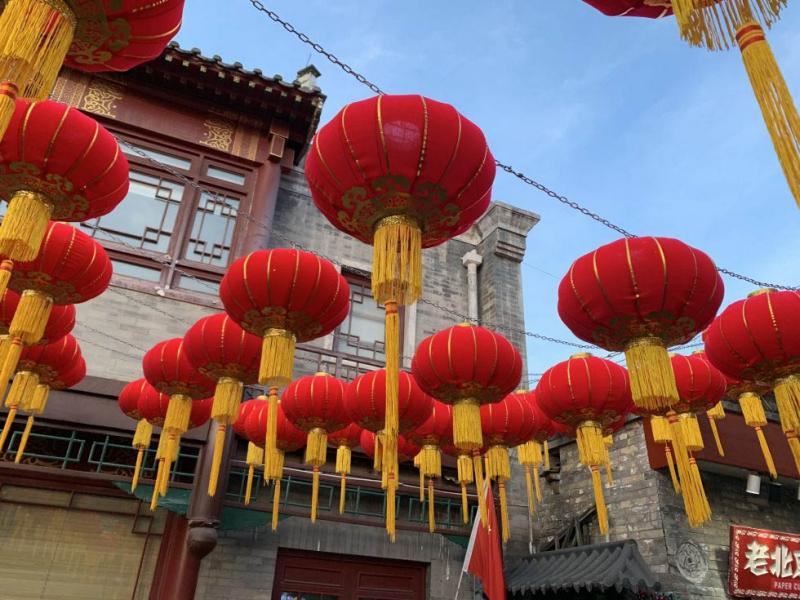
ABOVE: Lanterns at Houhai Lake. (Noah Fraser – January 2023)
Part II – Hit List of Key Business Updates
• GDP Growth Target Set at “Around 5%”
- An increase from the 3% achieved in 2022, the much discussed (and often over-analyzed) GDP growth target was set as a rough figure of 5%
- This indicates a conservative confidence by policy makers that there will be sustained (but not explosive) growth in 2023 – which will be a trend for coming years as the economy settles into a trot rather than a sprint – and likely a number that will be exceeded
- Perhaps more interesting are the Provincial growth targets – including 8% for Hainan, 6.5-7% for much of Central China’s heartland (Anhui, Hunan, Jiangxi), and a more modest 4-4.5% for Beijing and Tianjin
• Recovery and Expansion of Consumption is Prioritized
- 2023 has been designated the “year of boosting consumption” – long an area where Canadian consumer goods co’s are poised and predisposed to succeed
- With the exit from the pandemic behind us, expect that China’s propensity towards saving over spending will begin to rebalance, and governments will do all they can to provide incentives both by developing new digital platforms/channels, and traditional tactics like coupon distribution
- Canadian firms should continue to be aware of the “guochao” phenomenon, where locals are keen to shop and buy local, but Canadian imported products (especially in agrifood for example) should remain resilient
• Foreign Direct Investment Remains Critical
- Outgoing Premier LI Keqiang ranked attracting FDI as the #4 priority – #7 in 2022
- The “how” of attracting it, however, continues to be opaque, as the Premier explained that “comprehensively improving the business environment” will be the strategy
- Presumably this includes, more specifically, reducing trade barriers, shortening negative lists, closing IIT tax issues, and joining/respecting the rules and norms of both new and existing international trade bodies/agreements, among other complaints shared by the business associations on the ground here in-country
• New National Data Bureau (NDB)
- A body designed to aggregate, standardize and unlock the value of the trillions of data points across the country. The NDB will centralize the responsibilities of several heretofore segregated agencies and build out major digital infrastructure projects
- Members in financial services, for example, should not expect that this will drive much more clarity on data laws, as the courts remain in charge of holding and usage rights
- An area where most countries differ severely in their interpretation of this space, Canadian business should expect more invasive policies on access to client information, both domestically and even overseas
• New National Financial Regulatory Administration (NFRA)
- This body replaces the China Banking and Insurance Regulatory Commission, and, other than securities trading, will be responsible for combined oversight of China’s financial sector – a major shakeup on the org chart
- The China Securities Regulatory Commission has had an upgrade in duties and will take over corporate bond issuance from NDRC – giving CSRC increased authority. Both CSRC and NFRA are going to take on more financial supervision from local governments across China’s lower tier cities and provinces – an important change given the failures of institutions at those levels in recent years
- Canadian FI’s should anticipate some uncertainty in the short term, but ultimately more unified (and probably tightened) regulation – but China does remain committed to further improvement of this market vertical, and that our financial system could increase its participation
• New Central Science and Technology Commission (CSTC)
- A new body that will sit above the Ministry of Science and Technology, the commission will build on the technological self-reliance goals laid out at the 20th Party Congress, by coordinating cross-government efforts on supporting development of key tech and building domestic/securitized supply chains
- This Party-run commission ties in well with the theme of securitization of the economy, especially around driving the whole-of-country efforts on AI, IT, semi-conductors, biotech and more to insulate against external shocks experienced in the last several years
- An increasingly fraught space in China, Canadian firms should expect that integration, joint projects and co-innovation are the paths to participation in this segment generally speaking, should they choose that route, as protectionism increases
Summary
While this iteration of the Two Sessions was unique in many ways, there remain, as always, plenty of details and granular policies to be ironed out in practice. While stability, driving business confidence, investment attraction, unified regulatory approaches and an increased GDP growth target are all themes that will give analysts something to cheer for, there remain major concerns around geopolitical tensions, market challenges (like fair access or IP protection), demography and debt, and international public sentiment. Canadian firms can reasonably expect a growth story in China this year, but there are many other angles in the prism to consider – as always, we advocate for dialogue and engagement and will continue to bring our members concerns to policy makers and stakeholders here in China.
If you have any questions on the Two Sessions, would like to discuss your China market trade and investment plans, or want to get a take from street-level, please write me at noah@ccbc.com.
Mr. Noah Fraser is the Managing Director, China of the Canada China Business Council.
Under the title Beijing Dispatch #22 – 2023 "Two Sessions" Breakdown and Implications for Canadian Business, the article was first published on ccbc.com on March 17, 2023. It is republished with the author's consent.

